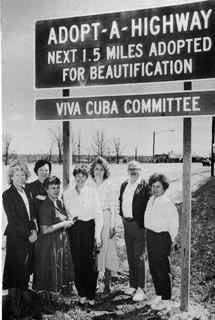
Viva Cuba Members pose with the first Adopt-A-Highway Sign
MoDOT films Cuba’s Adopt-a-Highway Project
A film crew attracted attention in Cuba during their filming along Hwy. 19 in 2008.To commemorate the 20th anniversary of the Adopt-A-Highway program, the Missouri Department of Transportation’s community relations staff visited Cuba to interview and film Viva Cuba, the first group to join the statewide program.
During the visit, MoDOT personnel, cameraman Steve Bushko, on-air commentator Matt Hiebert, and multimedia services supervisor Mark Baumgartner interviewed Viva Cuba member Peggy Holland and filmed Viva Cuba members picking up trash and showing off the newly landscaped Viva Cuba Garden at Hwy. 19 and Washington Blvd.
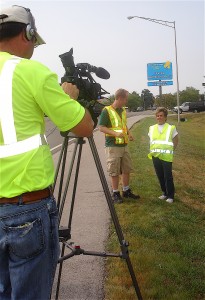
Viva Cuba member Peggy Holland faces the cameras during MoDOT's filming.
According to Hiebert, “Viva Cuba signed up in 1987 and has been helping keep Cuba beautiful ever since.”The film may be used for the pilot of a possible television show on public television.
To learn how small town Cuba became the first town in Missouri to join the program, we have to go back over 20 years, when the community beautification group Viva Cuba wanted to landscape the Hwy. 19 entrance to Cuba with plantings and other landscaping.The idea was to make Cuba more attractive to prospective businesses thinking of locating in Cuba’s new Enterprise Zone.At that time, according to Viva Cuba member Jill Barnett, “Highway 19 was two lanes, there were no sidewalks, ditches were filled with weeds, and there was trash everywhere.”According to Barnett, “It wasn’t a pretty sight.”
But when Viva Cuba wanted to remedy the situation, the group ran into the problem that everything was on the state right-a-way and state property, and their improvements wouldn’t be easy to get approved.However, timing was right for a change.Dennis Roedemeier found out that the “Adopt-a-Highway” program was on the drawing board.Community member Don Fuchs also promoted the idea of Hwy. 19 being expanded to three lanes.
With negotiations between the state and Viva Cuba, the group was approved for the first Adopt-A-Highway program and given permission to make their improvements. The problems of beautifying, providing litter control, and landscaping were solved.
To complete the first projects on Highway 19 the City of Cuba provided 315 tons of Potosi tiff, a fundraiser dinner/auction by the Cuba Arts Council purchased 1.014 euonymus shrubs, and an Adopt-a-tree program raised money for 198 trees.The community efforts raised a total of $30,185.Both the City and Peoples Bank continue to lend support for the ongoing maintenance of trash pick-up and mowing.Viva Cuba also created a small pocket park at the intersection of Hwy. 19 and Washington on land that had been neglected.
In 1992, the group was invited to an Adopt-A-Highway Birthday Celebration in Jefferson City commemorating the program’s fifth birthday.

In 1992, Viva Cuba members Jill Barnett, Kim Roedemeier, and Janet McLain met with Governor John Ashcroft during the 5th birthday celebration for the Adopt-a-Highway Program.
In 2008 Viva Cuba members attended a reception in Jefferson City to honor their participation as charter members in the program. In Jefferson City, they received a plaque from First Lady Melanie Blunt.
First Lady Melanie Blunt made a presentation to Viva Cuba members Peggy Holland and Marge Fleming.
When you see those Adopt-A-Highway signs statewide, remember that Cuba’s Highway 19 project received the first such designation in the state.According to MoDOT’s Hiebert, “It’s always great to talk with people who are truly making a difference in their community.”
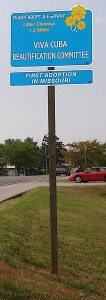

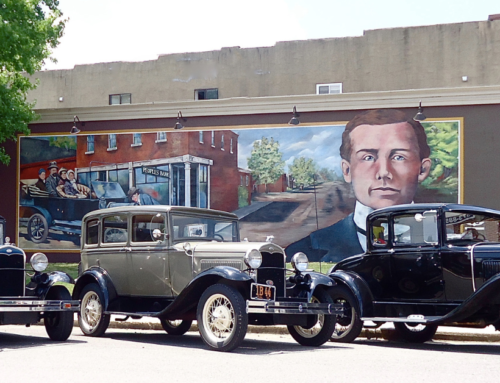



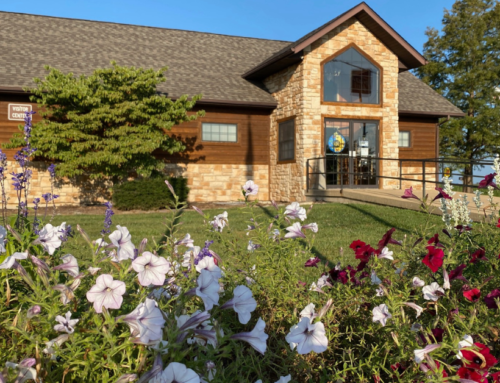

Leave A Comment